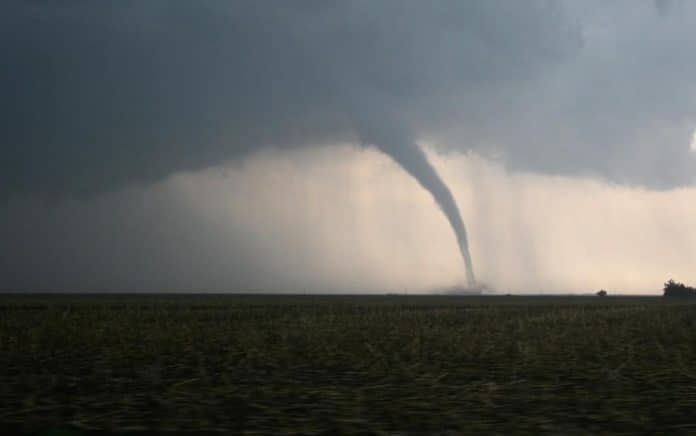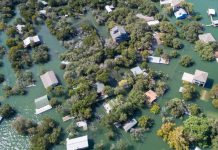
You think it will never happen to you, after all, you live in an area where twisters are unheard of, right? But are they really? The first thing to understand is that all 50 states have experienced tornadoes and will, with utmost certainty, experience them again. That’s why it’s imperative that everybody knows how to be ready before they strike, even if you’re in a location where they’re rare.
A Watchful Eye
Tornadoes typically form in conjunction with severe thunderstorms. The flow of warm air rising from the ground interacts with cooler air from high altitudes creating convection in the atmosphere. This swirling air is responsible for thunderstorms, heavy rains, hail and tornadoes.
The National Weather Service (NWS) issues tornado watches — meaning the correct conditions exist for funnel formation — and warnings — which mean tornados are actually in the area. These will be announced on television, radio and in today’s modern society, cell phone systems. Pay attention to these alerts, they warn people of potentially life-threatening situations. A tornado warning means that you have only minutes to react.
Take Shelter
Pre-planning is key. Have a plan of action and make sure everybody knows what to do when at home. Move to the lowest level of the structure, preferably to a basement or cellar. If the house doesn’t have one, move to a windowless interior location like a bathroom or closet. Get under a heavy object such as a workbench or into the bathtub.
Flying debris is one of the greatest risks of serious injury or death during a tornado. Another good precaution is to have heavy blankets or sleeping bags near the shelter location to help protect against airborne rubble.
When in an office or apartment building, the same idea applies. However, it’s best to avoid lobbies that are surrounded by glass windows as they can shatter and become a mass of sharp projectiles. Follow any evacuation plans that are already in place.
If circumstances find you out shopping or in an eatery, listen to any instructions given by employees. In the absence of those, remain calm and move away from windows and areas where items can become dangerous.
When in a vehicle, get out! Find the lowest land available like a ditch or culvert. Lie down and protect your head. In tornado-prone areas, many rest-stops offer places to take refuge until the storm passes.
Emergency Supplies
Keeping at least a basic go-bag ready in the car or shelter spot is a great idea. Emergency services will respond to areas where tornadoes strike, but if it’s a storm that causes a lot of damage, such as an EF-3, EF-4 or EF-5, it can take some time for them to get there. A prepacked bag might include:
- AM/FM radio
- First aid kit
- Flashlight
- Water
- Food/ration bars
- Blankets
- Extra batteries
These can be homemade or they can be purchased as a ready-made package at many retail stores and online.
Getting caught in a tornado can be frightening and dangerous. While it’s impossible to be 100% safe from natural disasters, it’s eminently possible to be prepared to mitigate the danger. Making a plan and stocking some supplies is a great place to start, and today is a great time because you never know when the next terror twister may strike.
Copyright 2019, TacticalNews.com



















